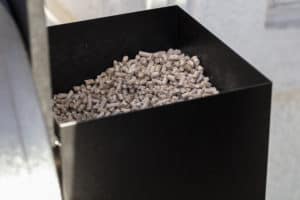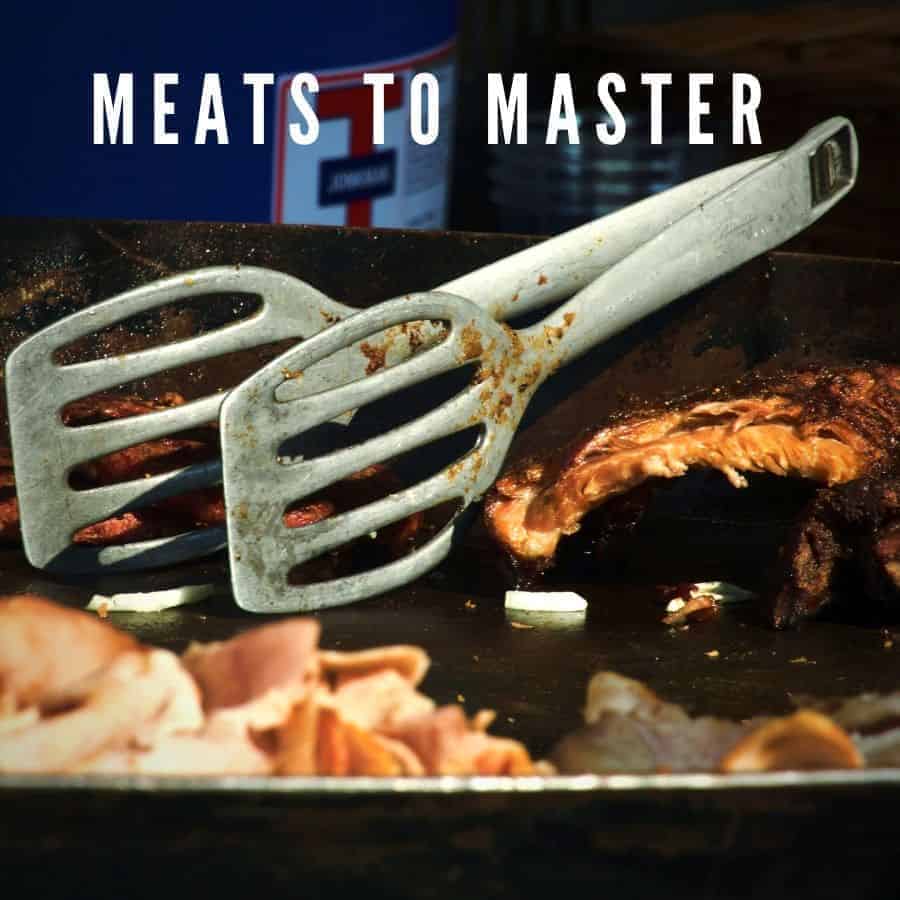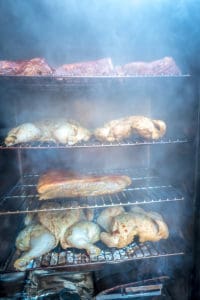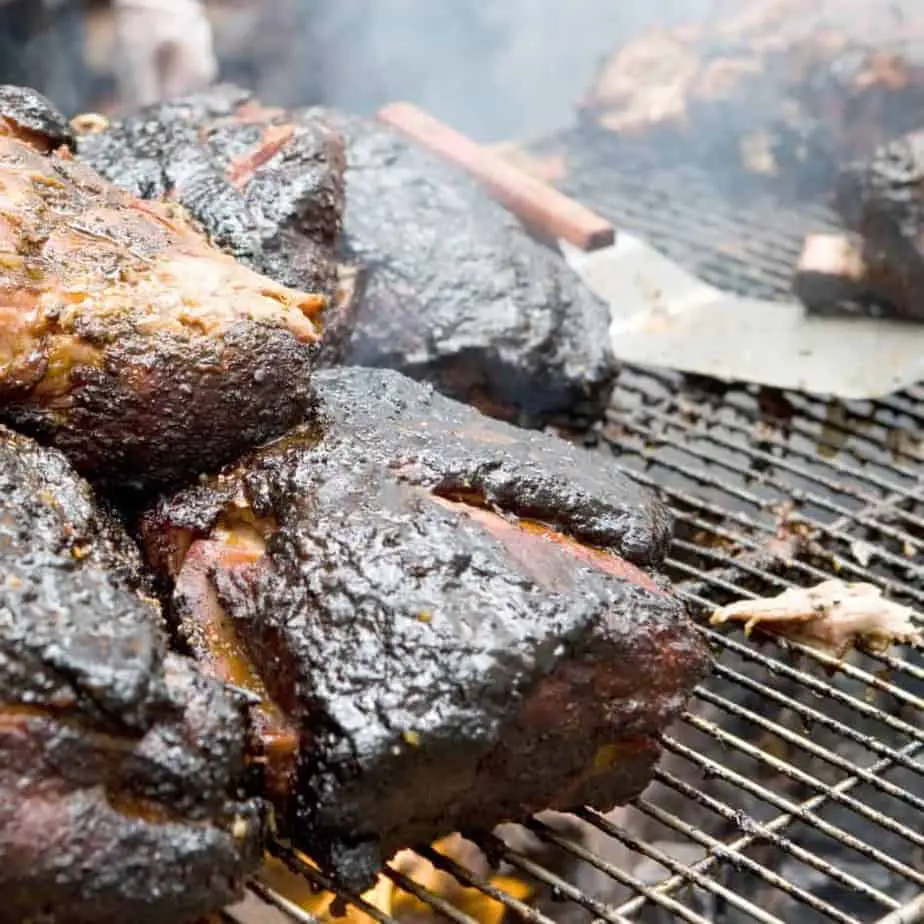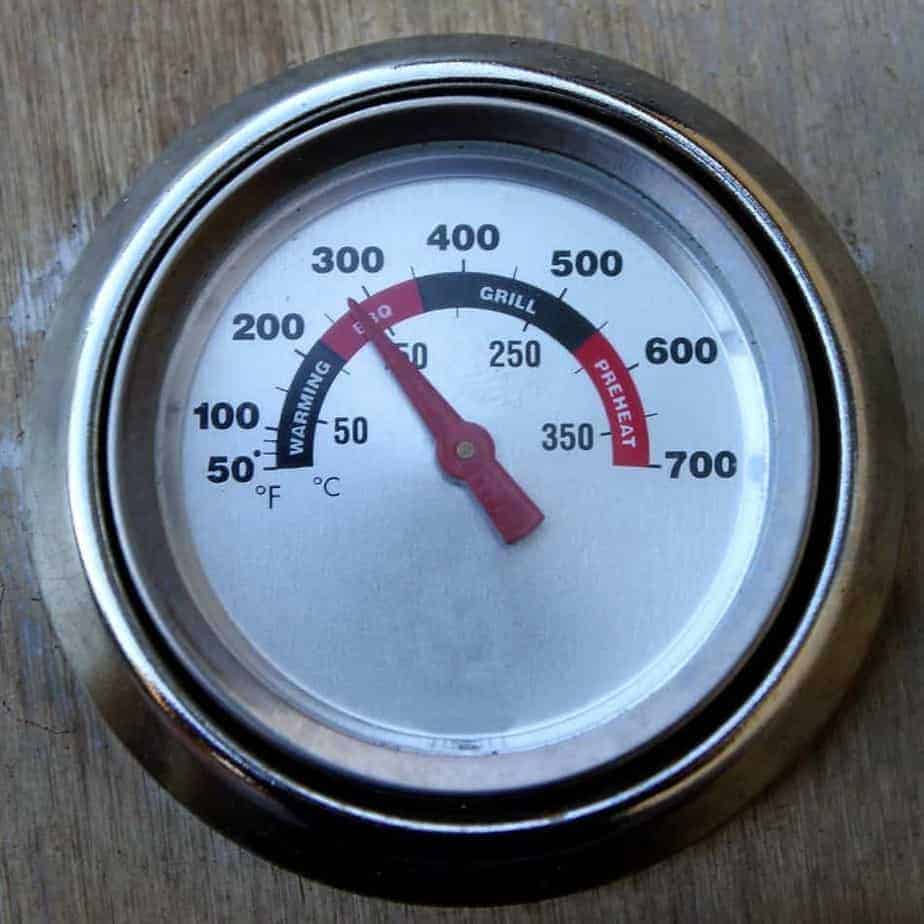How to Avoid The Lighter Fluid Taste When BBQing
Disclosure: This post may contain affiliate links. If you use these links to buy something we may earn a commission at not additional cost to you. Learn more.
So you had some friends over for some serious BBQ. Mixed up your own special sauce and fired up the grill. You bit into that succulent rib, and it tastes like—lighter fluid. Again. No matter what you try, you keep getting that lighter fluid taste when you BBQ.
How do you avoid the lighter fluid taste when BBQing? One way to avoid the lighter fluid taste is to use another method of starting your fire. The most common alternative is a chimney starter, but other methods are also available. If you choose to use lighter fluid, it is essential that you use it correctly so that the fluid burns away before you start cooking
YOU DO NOT NEED TO USE LIGHTER FLUID. However, if you want to keep using the fluid, take a few minutes to find out what you might be doing wrong.
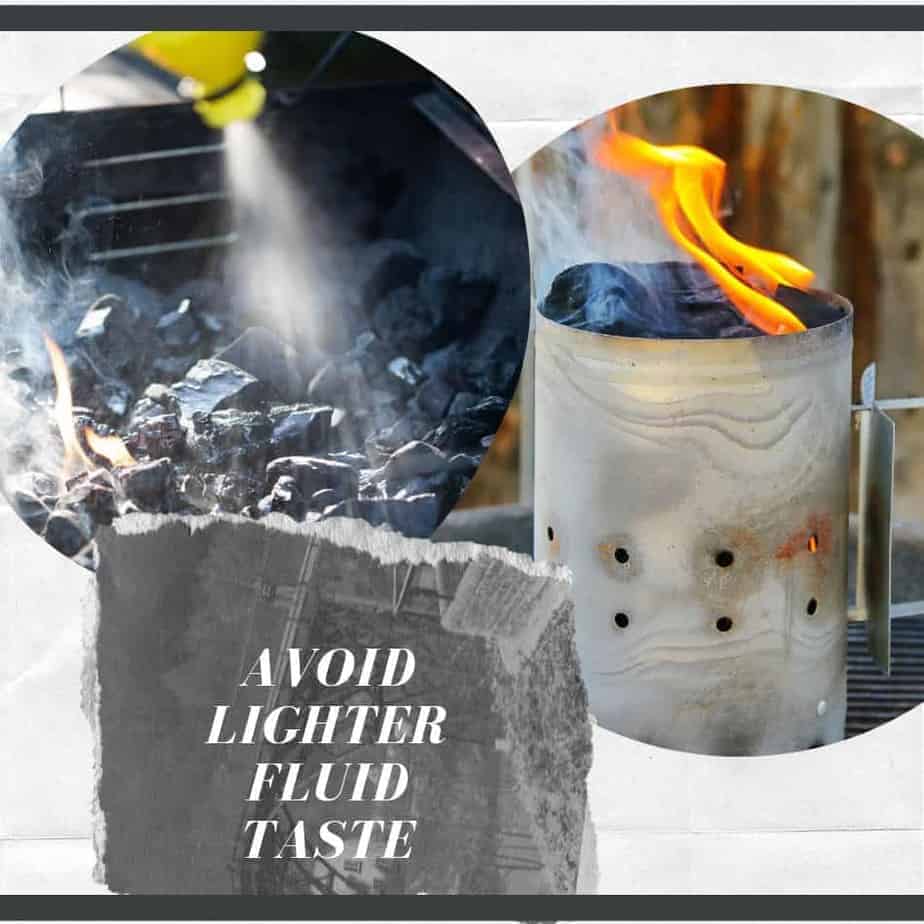
How Do You Avoid the Lighter Fluid Taste?
The surest way to avoid lighter fluid taste is not to use lighter fluid to begin with. See how simple that was?
Seriously, a lot of BBQ purists believe lighter fluid should never be used to get the charcoal going. Most pitmasters get their fires going using alternative methods. The reason is (they claim) that it’s impossible to avoid getting some of that fluid taste on the food. Here are some comments from SmokingMeatForums:
“If you are using lighter fluid, you need to stop, that stuff is nastyâ€
“Don’t use starter fluid, use a charcoal chimneyâ€
“What’s lighter fluid?â€
Personal favorite
Instead, purists have no problem giving you their suggestions. The most common one is a chimney starter, but there are others. Some of these suggestions are commonly used, but a few might raise some eyebrows. Here are some:
- Chimney starters
- Paper and cooking oil
- Whiskey (one for you, one for me)
- Rubbing Alcohol
- Cardboard egg crate
- Dryer Lint and Petroleum Jelly
- Propane Weed Burner (i.e. flame thrower)
Chimney Starters
This is the most common alternative to lighter fluid. They are reliable, easy to use, and available in stores that carry grilling supplies. To get the chimney going, you can use a variety of methods from newspaper to other alternatives listed in this article.
The easiest things I have found to light a chimney starter are starter cubes. I use starter cubes from Amazon since they are affordable, reliable, and I can get them in bulk. They make starting the fire easy, but be careful, these things are no joke. If you are the DIY type, you can make one with stuff you have around the house.
HOW TO USE A CHIMNEY STARTER
- Take the top cooking grate and put it aside
- Fill your chimney with charcoal. Some people like to put a couple of balls of paper at the bottom before filling the chimney
- Place it on the lower grate or if you don’t have one, directly on the base of the grill (never place the chimney directly on the patio, concrete or otherwise … a dedicated pavers stone is a much better option than leaving a burn mark on your patio. Ask me how I know this)
- Light the coals from the base and wait
- After 10 to 15 minutes, the coals should be good and hot. You’ll know because the coals on top have started turning gray
- Dump the coals into your grill, put the cooking grill in place, and you’ll be ready to go

To show you how easy it is, here’s a demonstration. Easy doesn’t mean fast, however. Patience is important because you want the coals to be hot before you dump them onto your grill.
Chimney starters are not hard to find. It’s rare to find a product that has been rated over 5,000 times on Amazon which has a 4.8 rating, but this Weber Chimney Starter does.
Making Your Own Chimney
There’s something satisfying about making your own chimney starter while cooking with fire. You can easily find a variety of directions on the web, but all of them have
- A circular container, such as a large coffee can
- A handle of some sort. People get pretty creative with these, using everything from a cut-off broom handle to an old hammer handle
- Some way to put holes into the base of your chimney. A large drill bit works, but a bottle opener can also do the trick
- Some kind of mesh to hold the coals. Old wire hangers will do the trick, but any wire strong enough to hold in the coals will work
They’re not difficult to make either. This instructable shows you one homemade Chimney starter in 5 pictures, which serve as a guide to make your own. If you choose to do this, be creative. Might as well.
Paper and Cooking Oil
With this method, you need lots of paper (paper towels work well). Make a bed of scrunched up paper on the bottom of the grill, and place the coals on top. Drizzle cooking oil over the charcoal and light it. The lit paper should light the oil, which will light the coals. For this to work, you will need the grill to be someplace where it’s sheltered from the wind.
This method requires more attention and care to get the coals hot enough to create a fire.
Whiskey
The method is similar to the one with oil except you pour a high proof whiskey on the coals. So, if you want to pour your whiskey onto coals instead of into glasses, go for it. However, I’d rather drink the whiskey.
Rubbing alcohol
Again, a similar method, except this one uses rubbing alcohol. Important caution: before grilling, make sure the alcohol has completely burned off.
Cardboard Egg Crate
Ever wonder what to do with those leftover egg crates? Fill the bottom with coals and light both sides of the carton. I have never personally tried this, but the idea here is that the cardboard ignites and burns slowly enough that your coals should fire up.
Dryer Lint and Petroleum Jelly (PET balls)
As you may well know, dryer lint is highly combustible but also doesn’t have a long burn life. Mix this with a heaping spoonful of petroleum jelly to prolong the burn and you have a fantastic fire starter. Simply place this under your coals, ignite, and wait for the coals to smolder.
Propane Weed Burner (i.e. Flame Thrower)
Lastly, the most fun option…a freakin flame thrower! You can pick these up at many local hardware/tool stores for about less than $50 and they work great (this is what I use when I want to light my grill quickly). You simply hook them up to a propane tank, open the gas valve a bit, hit the igniter, and let the fun begin. A side benefit to these is that you can also use them to quickly sear food as well.
What If You Have to Use Lighter Fluid?
Maybe you don’t want to give up lighter fluid, haven’t bought a Chimney Starter, or you’ve already drunk your whiskey. Here are a few tips for using lighter fluid if you absolutely have to.
- Avoid getting the fluid on the grill. It only belongs on charcoal.
- After you soak the charcoal, wait a few minutes. Many people make the mistake of immediately lighting the charcoal. You want the fluid to soak in.
- You will know if you are adding enough fluid if you don’t have to add more. If the coals don’t ignite, next time pour on more the first time. Remember that you want the fluid on the coals, not in the grill.
- The fluid needs to burn away. Another reason the coal is not staying lit could be because you are spreading them out too thin. Next time, pile them up to create a mound
Patience is key. You may be ready to get started, but your grill needs to be ready also.
- WAIT for coals to be covered with gray ash. Only then should you spread them out.
- WAIT for the grate to be hot. 10 minutes should be a good time.
- WAIT for the grill to be hot. Some people put the meat on the grill too soon. The keyword here is PATIENCE.
Final Thoughts
Think about the way you’ve used lighter fluid in the past. It’s possible that you made one of the mistakes listed above. If so, you know how to correct it. Or, you could buy (or make) a chimney starter and avoid using lighter fluid altogether. There are those other methods, but they are more like back-ups you can use in a pinch.
Again, most BBQ purists will say that you should never use lighter fluid. But many people use lighter fluid and their steak tastes like meat should. Maybe the purists never learned how to properly use it.

